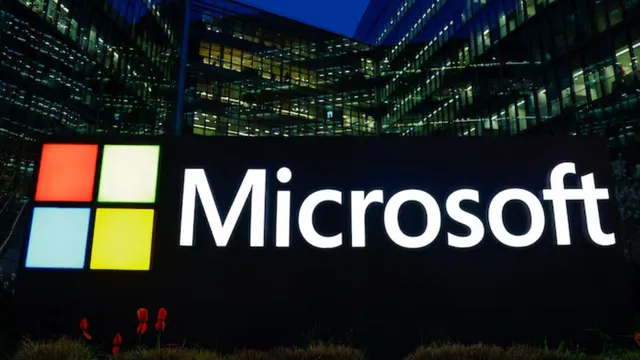- By Prateek Levi
- Wed, 15 Oct 2025 10:39 AM (IST)
- Source:JND
Microsoft has unveiled MAI-Image-1, its first in-house image generator, and it’s already making waves—climbing into LMArena’s top 10 and outperforming rivals that have been around far longer. Unlike other models chasing artistic flair or exaggerated styles, MAI-Image-1 aims for pure photorealism. Microsoft worked closely with creative professionals to remove the flat, repetitive look that often gives AI images away. The model excels in natural lighting, landscapes, and real-world visuals—and does it faster than many of its heavier competitors. Integration with Copilot and Bing Image Creator is just around the corner, meaning millions of users will soon get direct access.
ALSO READ: Nothing’s Essential Space Update Makes Sharing Easier And Smarter For Phone 3 And 3a Users
Microsoft’s growing independence in AI
MAI-Image-1 joins a fast-growing lineup of Microsoft’s own AI systems. Earlier this year, the company introduced MAI-Voice-1, a voice generator, and MAI-1-preview, a chatbot—both part of what AI division chief Mustafa Suleyman calls “an enormous five-year roadmap.” The direction is unmistakable: Microsoft is building its own AI foundation that doesn’t rely on OpenAI’s models or approval.
That shift became clear in September when Microsoft revealed that Anthropic’s Claude models would start powering some Microsoft 365 Copilot features alongside OpenAI’s technology—effectively ending years of exclusivity. Internally, Microsoft leaders reportedly see Claude Sonnet 4 as delivering stronger results in certain areas, particularly when creating refined PowerPoint presentations. It’s a quiet but meaningful signal that OpenAI’s once-unchallenged dominance inside Microsoft’s ecosystem is fading.
A strained $13 billion partnership
Beneath all the product activity, though, lies a partnership under serious strain. Microsoft has invested over $13 billion in OpenAI since 2019, securing a 20% share of revenues up to $92 billion. But that alliance is now tangled in disputes over equity stakes, revenue sharing, and the so-called “AGI clause”—a contractual condition that would cut off Microsoft’s access to OpenAI’s tech once artificial general intelligence is achieved.
OpenAI, for its part, is clearly moving toward independence. It’s building new infrastructure with Oracle and Google Cloud and working with Broadcom to develop custom AI chips expected by 2026. Microsoft, meanwhile, is spreading its bets—deepening ties with Anthropic while ramping up its internal AI projects.
ALSO READ: Instagram Moves Teen Accounts To PG-13 Content By Default
What began as one of the strongest partnerships in tech has now turned into a quiet but undeniable breakup—one that both companies likely saw coming long before it began.

